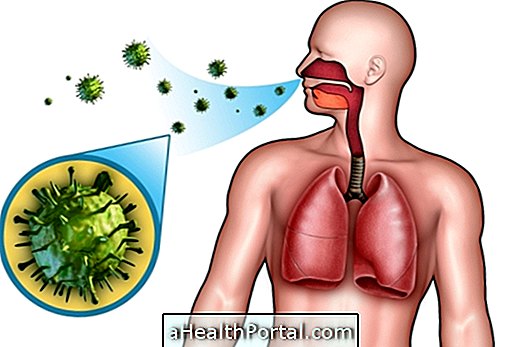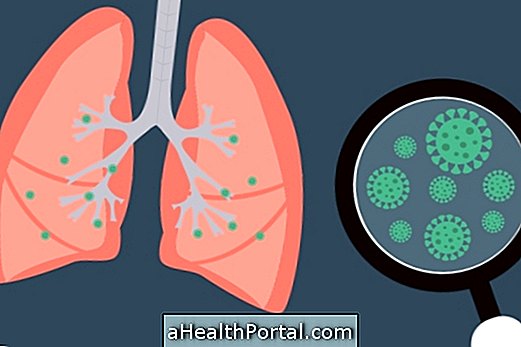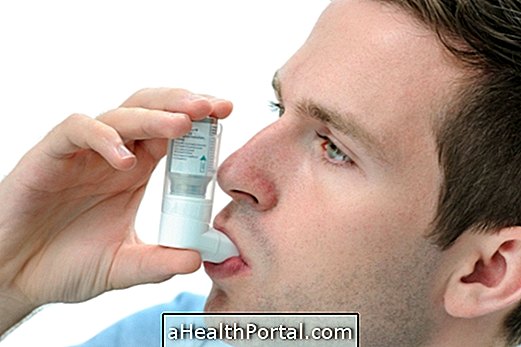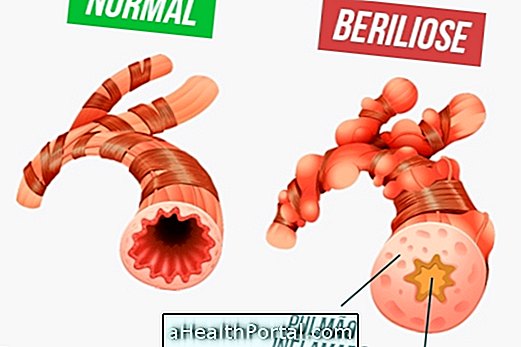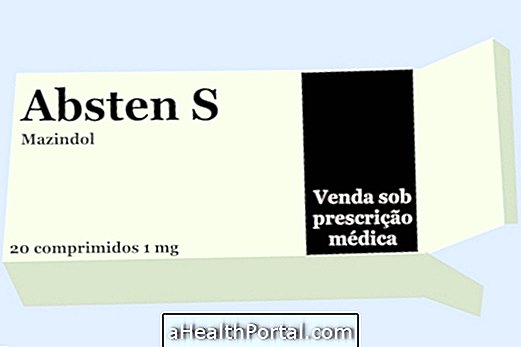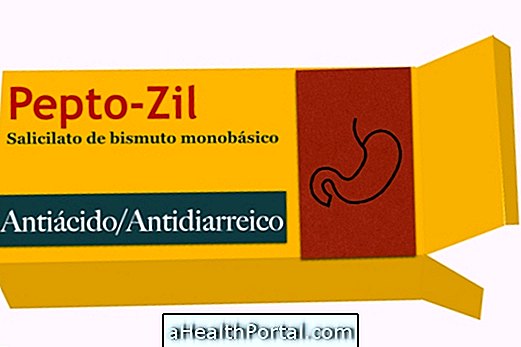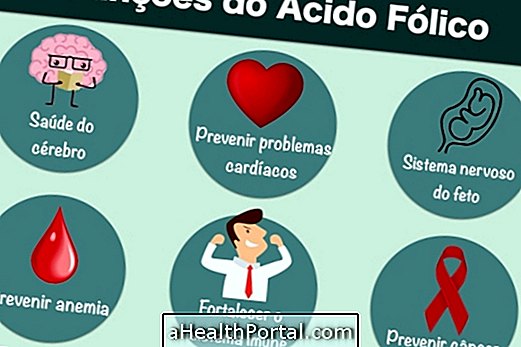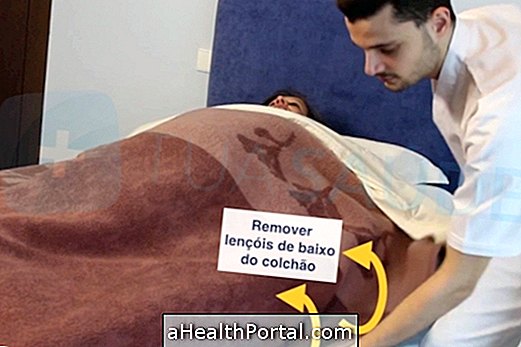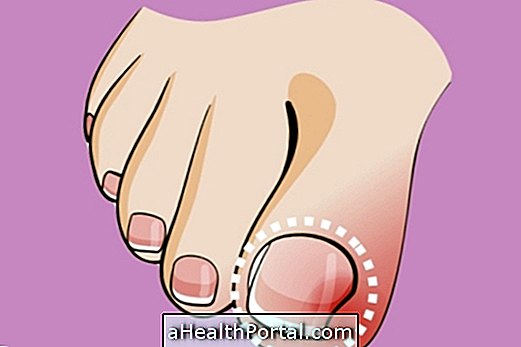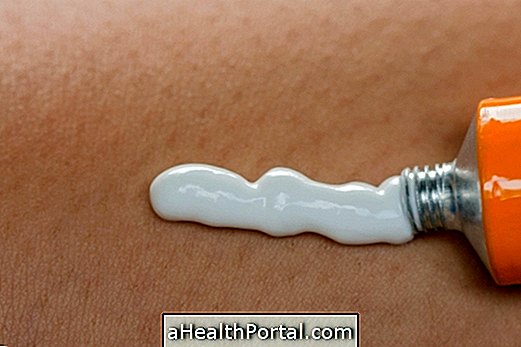Bilateral pneumonia is a serious respiratory infection characterized by involvement of the two lungs by microorganisms, leading to decreased respiratory capacity and, due to lack of oxygen in the blood and consequently in the brain, there may be a change in the person's level of consciousness.
This type of pneumonia is more likely to occur in people with weakened immune systems, such as infants and the elderly. The causes of bilateral pneumonia are the same as those of common pneumonia, but its most severe symptoms are usually the hospital treatment, so that the person can be monitored and receive oxygen, as well as reduce the occurrence of complications such as generalized infection, respiratory arrest, or pleural effusion. Understand what pleural effusion is and how it happens.
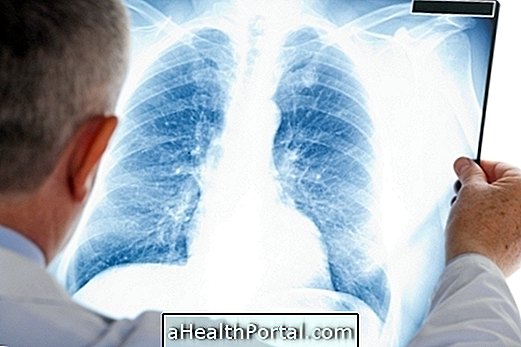
Main symptoms
Symptoms of bilateral pneumonia are mainly related to a person's respiratory capacity, which can be severely compromised. The main symptoms of bilateral pneumonia are:
- Fever above 38ºC;
- Cough with lots of catarrh;
- Great difficulty breathing;
- Increased respiratory rate;
- Easy and intense fatigue.
When the person has other symptoms related to lack of oxygen, such as slightly bluish lips or altered levels of consciousness, it is very important to inform the pulmonologist so that the treatment can be done as soon as possible, especially with the use of oxygen masks . Learn more about the symptoms of pneumonia.
How is the treatment done?
The site of treatment of bilateral pneumonia is one of the main decisions to be made by the physician, being defined by means of a system that classifies the patients according to the symptoms described and the results of the exams. Patients classified as low risk are usually treated at home from the use of antibiotics, such as Levofloxacin or Clarithromycin, for example, the duration of use being defined by the physician.
In addition, it is important that the person remain at rest during treatment, drink plenty of fluids, nebulize with drinking water and avoid public spaces or with much pollution, and use protective masks whenever necessary.
In the case of patients classified as severe, especially when the patient is elderly or has impairment of renal function, blood pressure and much difficulty to perform gas exchange, the treatment is done in a hospital setting. Treatment in the hospital usually lasts between 1 and 2 weeks, and may vary according to the patient's response to therapy, and is usually done from the administration of oxygen and antibiotics. After discharge, antibiotic treatment should be continued for at least 1 week or as recommended by the pulmonologist.

